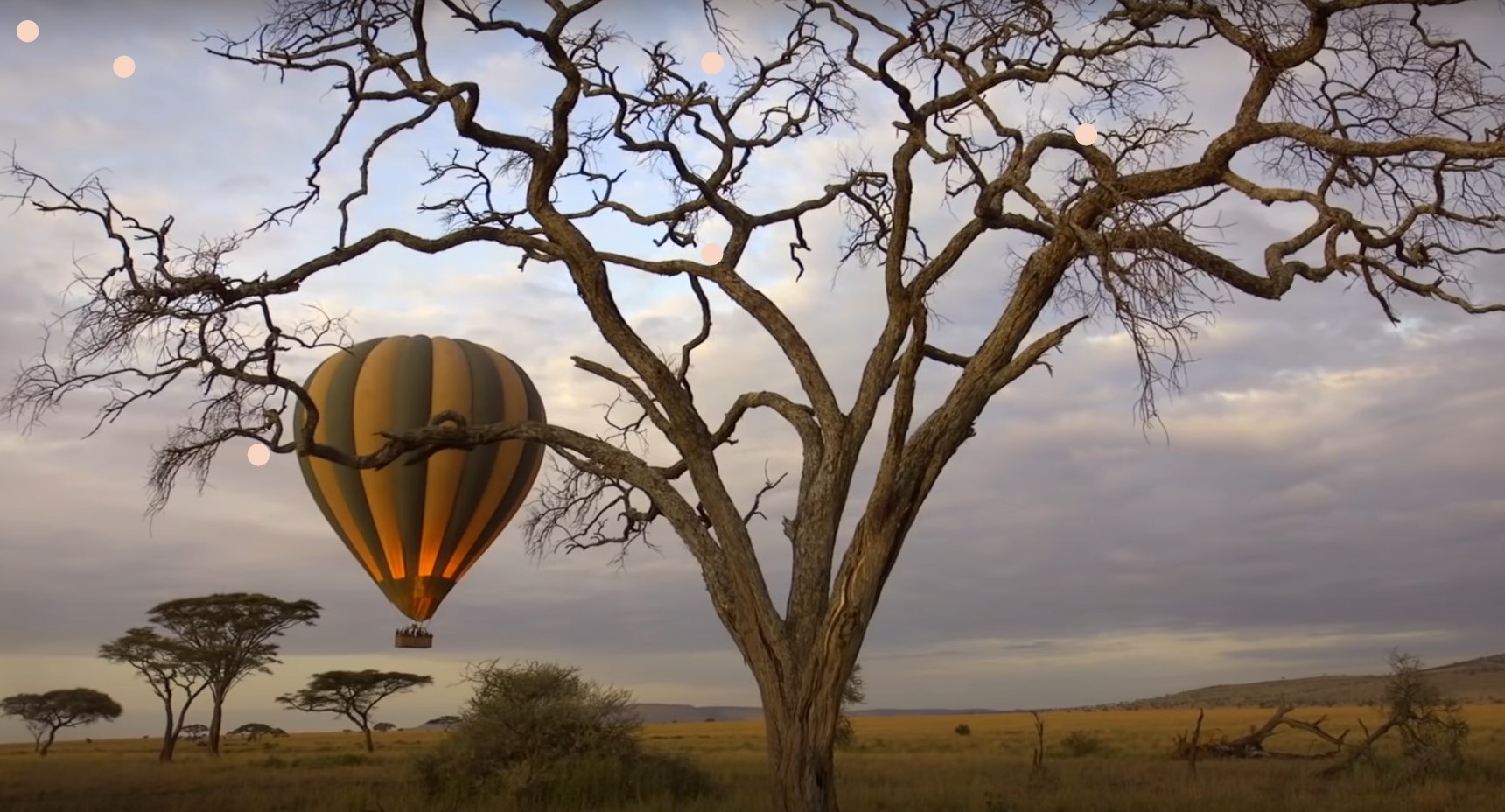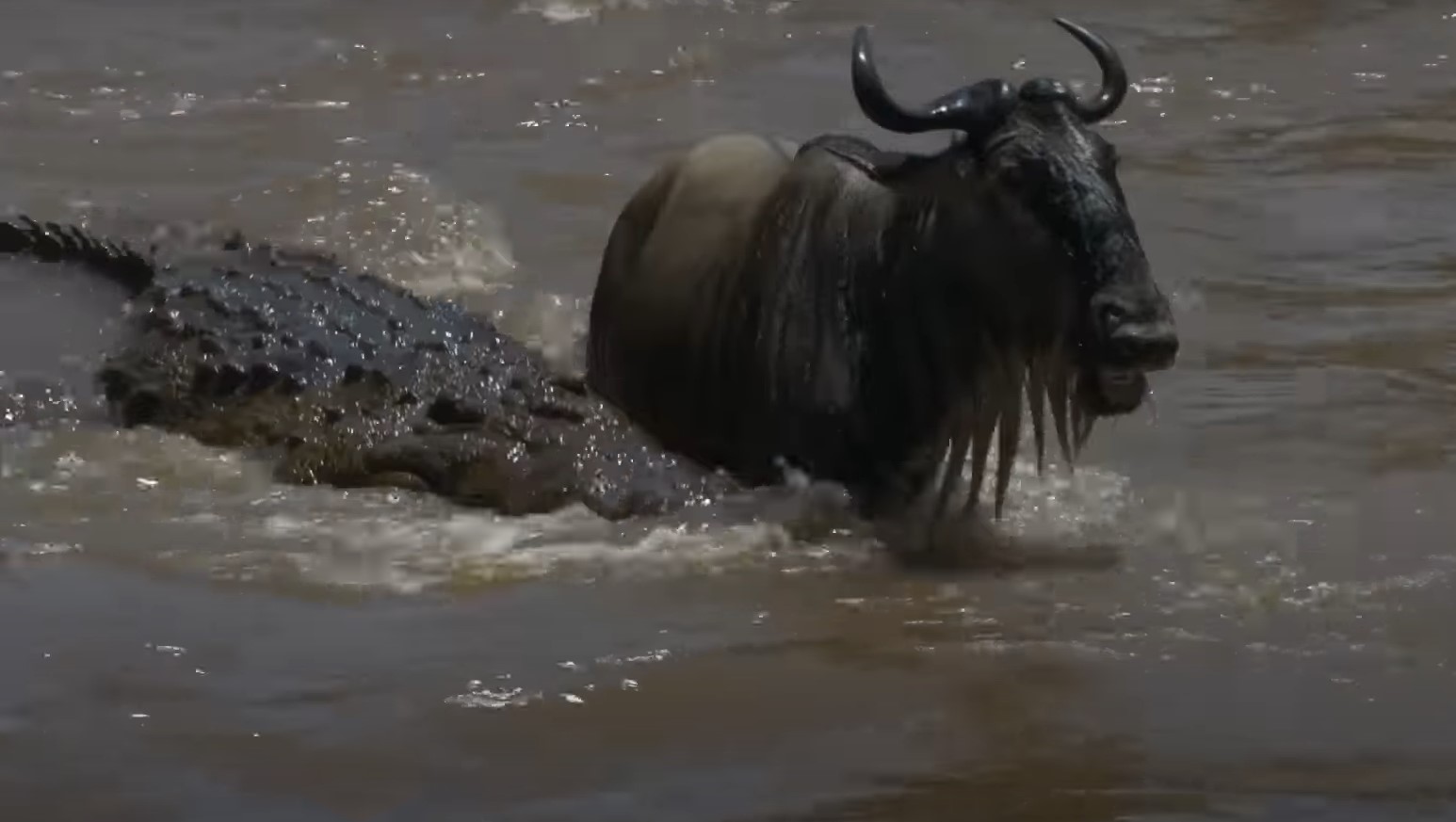Serengeti National Park Guide to Top Budget Safaris: 2024|2025
Allow yourself to be inspired by this dynamic ecosystem’s huge migration. Welcome to Serengeti National Park, the cradle of human life, the only site where you can see millions of migratory wildebeest across the Acacia Plains, and most likely the closest you will ever go to an unspoiled African wilderness. where, in spite of the thousands of creatures that are always moving, time appears to stand still.
The Serengeti National Park’s background
Explorers and missionaries wrote about the vast array of creatures that could be found in the Serengeti plains in the late 1800s and early 1900s. Before investigations in the late 1920s and early 1930s provided the first references to the big wildebeest migrations and the first images of the area, only a few minor facts had been published.

Wildbeest Migration|Serengeti National Park|Masai Mara
In the southern and eastern Serengeti, a 2,286-square-kilometer game reserve was created in 1930. Up until 1937, they permitted sport hunting; after that, all hunting was prohibited. The region received Protected Area Status in 1940, and the Ngorongoro highlands and southern Serengeti became part of the newly formed National Park in 1951.
The Ngorongoro Crater rim served as inspiration for the park’s headquarters.
Thus, when the Ngorongoro Conservation Area (NCA) was gazetted in 1951, it was also a part of the original Serengeti National Park. The Ngorongoro Conservation Area was separated from Serengeti National Park in 1959, and the park’s limits were expanded to include the Kenyan border. The main cause of the Ngorongoro area’s separation was the realization by the Maasai people living there that they faced eviction threats and were thus forbidden from allowing their cattle to graze inside the national park boundaries. Protests were organized to stop this from happening. The Ngorongoro Crater Area was divided from the national park as a result of a compromise; Maasai people are allowed to reside and graze their livestock there, but not inside the borders of Serengeti National Park. The Lamai Wedge, which runs between the Mara River and Kenya’s border, was added to Serengeti National Park in 1965, establishing a permanent corridor that permits wildebeests to travel from the Serengeti Plains in the south to the Loita Plains in the north. The Masai Mara National Reserve was established in Kenya in 1961. A tiny portion of the western corridor, north of the Grumeti River, was added to the Maswa Game Reserve in 1967 after it was first created in 1962.
Among the first locations to be officially proposed as a World Heritage Site by UNESCO at the 1972 Stockholm meeting was Serengeti National Park, which was created in 1981.
The world’s best wildlife spot
It’s difficult to put Serengeti National Park’s magic into words. You will try to explain to friends and relatives not just what you see but also the sound of millions of wildebeest buzzing so densely in the air that it vibrates through your entire body, only to realize it’s not possible. It’s worth the journey to see the breathtaking views of honey-lit plains at dusk. The sincere smiles of the Maasai people instantly make you feel warm on the inside. Perhaps simply the sensation of being surrounded by thousands of animals all the time; Serengeti National Park is spectacular year-round, regardless of when you visit during the migration.
The Great Migration’s never-ending circle
When United Nations delegates gathered in Stockholm in 1981, one of the first locations to be recognized as a World Heritage Site was Serengeti National Park. This region was already recognized in the late 1950s as having a distinct ecosystem, which has given us a great deal of insight into the workings of the natural world and demonstrated the true dynamic nature of ecosystems.
Today, the main reason most people come here is to see the millions of wildebeest, zebras, gazelles, and elands as they travel in large groups in search of fresh grass and water to drink. These animal species travel through the ecosystem according to a seasonal rhythm determined by grass nutrients and rainfall throughout this massive cyclical movement. There is nowhere else in the world where one can see such massive herds of animals moving. The Serengeti is unfenced and protected, unlike other well-known animal parks that are fenced. Giving animals adequate room to undertake their return journey, one that they’ve been doing for millions of years. Go further into the Great Migration.
Besides the Great Migration
Even though migration is one of the primary draws for many tourists to Serengeti National Park, it’s worthwhile to explore the area beyond this enormous show. To begin with, nature is unpredictable. It’s important to set reasonable expectations for your possibility of seeing a huge herd in motion or a river crossing. There are many other reasons to visit the Serengeti, so don’t let this deter you. If not for this enormous expanse of territory where you might drive for eternity and never tire of it, perhaps it’s the amazing, vividly coloured skies or the raw thrill you get as a deep, gray rainstorm approaches from the far distance. Alternatively, you may choose to follow the lions’ lead and visit the Serengeti, home to one of the world’s greatest concentrations of predators, including 250 cheetahs, 3,000 lions, and 7,500 hyenas. What about the grey giants who remain silent? In the Serengeti, elephants saunter from the plains into the forests, where they graze on tree branches and foliage. See more about the Serengeti’s fauna there.
In the beginning of the history of mankind, tribes
The Serengeti plains are still ruled by animals, although humans have lived here for a very long time. For about 4 million years, not only humans but also our ancestors, the Australopithecus afarensi, lived in this region. Many native groups still call Serengeti National Park home today. The Maasai tribe is among the most well-known; their culture has been preserved for a very long time, making them special and well-liked. The Maasai people are a symbol of Tanzanian and Kenyan culture because they have maintained their traditional way of life in the face of education, civilization, and cultural influences from the West.
Affordable|Budget Serengeti National Park Safari Packages

7 Day Best of Tanzania Safari Package
Lake Manyara National Park | Serengeti National Park
Wildlife, Nature Hikes and Game Drives
Duration: 7 Days | 6 Nights
 4 day Wildebeest Migration Safari Package
4 day Wildebeest Migration Safari Package
Serengeti National Park
Wildlife, Nature Hikes and Game Drives
Duration: 4 Days | 3 Nights

